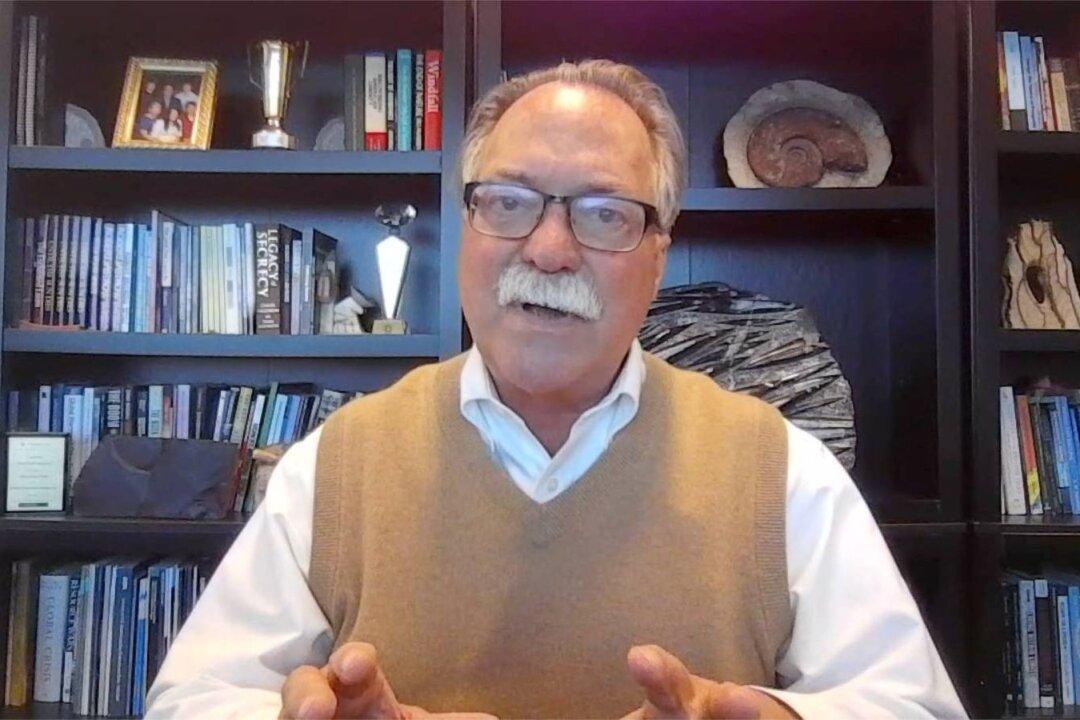Carbon dioxide, or CO2, which is characterized as a damaging pollutant by mainstream media and progressive politicians, is hugely beneficial to Earth and life on the planet, an expert has said.
Gregory Wrightstone is executive director of the CO2 Coalition, a nonprofit organization with a mission to educate about the role of CO2 in the environment, including making the earth green and helping crops to thrive.






